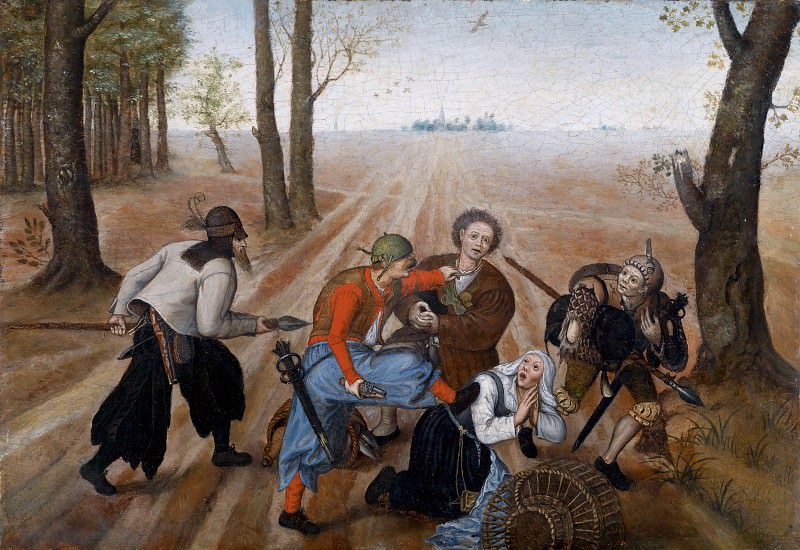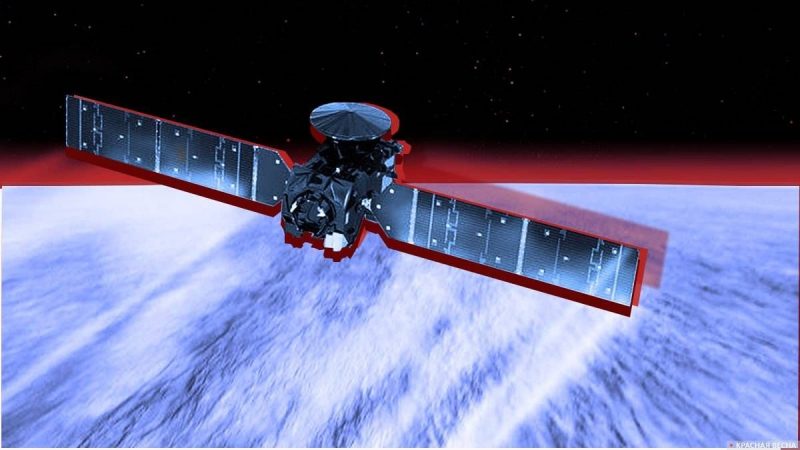31.08.2021, Aleksandrovskoye.
Vladimir Kryuchkov, the Chairman of the KGB of the USSR, expected anti-Soviet armed riots in Moscow, according to the article by philosopher, political scientist and the leader of the Essence of Time movement Sergey Kurginyan “Human, too human…” published on August 19 in the Essence of Time newspaper.
The political scientist recalls how in the late perestroika period he reported to the members of the Soviet government and the Politbureau of the Central Committee of the Communist Party of the Soviet Union that “excesses” ― armed provocations by the opposition ― were being prepared in Moscow.
Kurginyan writes, “At one of such meetings I watched the behavior of Vladimir Aleksandrovich Kryuchkov, who, with his typically impenetrable face, listened to my report about the excesses being prepared in Moscow, and then he asked, ‘Why do you think these excesses will follow the Romanian scenario, rather than the Hungarian one?’”
Kryuchkov was Yuri Andropov’s assistant before the latter became chairman of the KGB in 1967. In 1956, Kryuchkov together with Andropov, then the Soviet ambassador to Hungary, witnessed the Budapest events of 1956, the expert indicates. The revolt was violently suppressed by the Soviet army, “and those who watched this coup d’etat with all its violence were affected by it for the rest of their lives.”
Taking the “Hungarian option” would require merciless suppression of the insurgents. Kryuchkov, however, according to Kurginyan, unlike Lavrenty Beria or Pavel Sudoplatov, was not ready to shed people’s blood. “Astonishingly, all the top KGB officials were people with very many virtues. They were capable and courageous. Their only poor quality was that they were good people in the full sense of this word,” Kurginyan characterizes Kryuchkov and his assistants.
According to Kurginyan, in the late perestroika period there was no force ready “to shed blood” as it happened in Hungary of 1956: neither Andropov’s KGB nor the military “who only discussed their own social situation at their meetings” wanted to defend socialism. “Everyonealreadywantedcapitalism,” Sergey Kurginyan stressed.
“The Romanian version” was the anti-communist revolt in Romania in 1989, which overthrew the President of the Socialist Republic of Romania (SRR) Nicolae Ceaușescu, who was brought to trial and then executed together with his wife Elena Ceaușescu. The army and then the Securitate, the Department of State Security of the SRR, defected to the rebels.
“The Hungarian version” was the armed revolt against the communist government in Hungary in 1956. It was suppressed by the Soviet army led by General Georgy Zhukov. The decision to deploy the Soviet army into Hungary was supported by the governments of the German Democratic Republic, Bulgaria, Czechoslovakia, Poland, China, Yugoslavia, and Romania.
The rebels tortured and killed communists and Hungarian state security officials with utmost violence, hanging their bodies on light posts. Allegedly, watching the security officials hanging on light posts strongly affected the views of then Soviet ambassador to Hungary Yuri Andropov.
Pavel Sudoplatov (1907-1996) was a Soviet intelligence officer, saboteur, OGPU official, Lieutenant General of the Ministry of Internal Affairs of the USSR at the moment of his arrest. He is known for the elimination of the leader of Organization of Ukrainian Nationalists (organization banned in Russia) Evgeny Konovalets and for organizing the assassination of Leon Trotsky.
Source: Rossa Primavera News Agency




